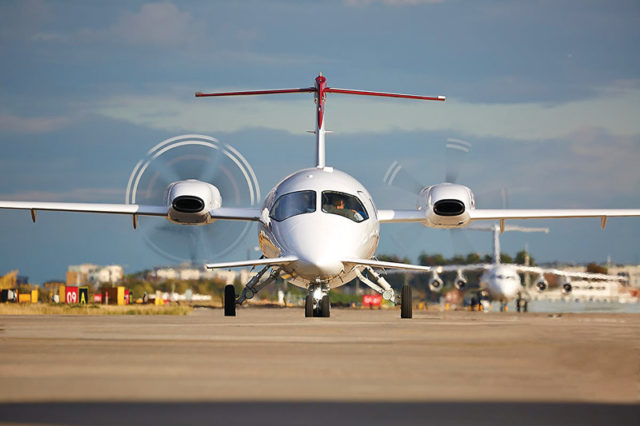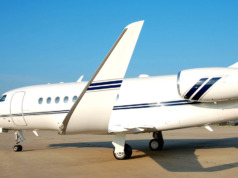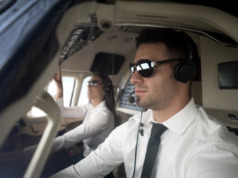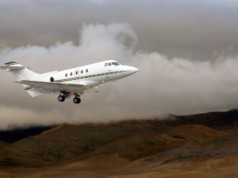
We live in a world enamored with speed. Smartphone users jumped from 3G to 4G when it was introduced, anticipating increased communications efficiency. And wireless providers expect the same will happen when 5G becomes available.
So too with business aircraft, where “business jet” implies the velocity necessary for success in today’s fast-paced world. But sometimes, by flying in a business turboprop rather than a jet, you actually can arrive at your final destination faster. How so?
While a turboprop may take a few minutes longer than a jet to complete flights of 1000 miles or less, its ability to land at airports closer to your final destination can dramatically reduce your total travel time by reducing your ground travel time. This is particularly true if your destination is a remote facility, or a client in a rural area. And turboprops can land in small airports that are not suitable for business jets, making them the aircraft of choice for individuals, and regionally-focused companies whose flight legs often are 400 to 1,200 miles.
Some turboprops can land on grass strips of 1,200 feet or fewer as well as other unimproved runways. And for those aircraft equipped with floats, any open waterway can be a landing field.
Turboprops offer the flexibility that a traditional business jet may not be able to match. For example, using a turboprop can allow a business team to make several stops visiting different retail sites, manufacturing facilities, etc., and still return home that same day!
They operate much more efficiently than business jets, with up to 30% lower operating costs. And the turboprop does so while burning less than half the fuel of a business jet: from as little as 40 gallons/hour for single engine aircraft, to 65 gallons/hour for twin-engine aircraft.
In addition to all these other capabilities, turboprops can perform a wide variety of missions that are beyond the capacity of business jets. From specialty missions like air ambulance, aerial observation, and firefighting, to light freight hauling, turboprops offer excellent operational flexibility.
Some, like the Piaggio EVO, are well-suited for executive transport and special mission work, cruising at near jet speeds (400 MPH) at altitudes up to 41,000 feet. Others, like the Pilatus PC-12, Beech King Air, and Viking Twin Otter, also serve in short haul commuter fleets, as well as offering executive transport and medical transport capabilities. Still others like the Cessna Caravan and the Quest Kodiak work well for light cargo transport.
Turboprops are designed from the ground up for that kind of mission flexibility, from their robust construction to their dependable engines. The most popular engine found on business turboprops today is the Pratt & Whitney Canada (P&WC) PT-6. First developed in 1960, there are more than 55,000 PT-6 engines currently in service. It is considered to be the most popular and reliable – some would even say “bulletproof” – turboprop aircraft engine, found on aircraft ranging from the single-engine Caravan, Piper Meridian, and Pilatus PC-12, to the twin-engine King Air series and Avanti EVO.
While the 2008 financial crisis caused new turboprop deliveries to drop by 18% in 2009, the segment has rebounded, with 2016 new deliveries up more than 30% over that 2009 low, according to the General Aviation Manufacturers Association.
The most recent JETNET iQ research indicates that owners and users definitely recognize that value; its 2017 forecast states that “pent-up demand” for new aircraft will drive production and delivery of more than 4,200 new turboprop aircraft over the next ten years. As newer models will meet the evolving regulatory requirements, a well-maintained aircraft should hold its residual value at the end of its depreciation schedule.
And that makes the business turboprop an excellent capital investment, as well as an excellent business tool. BAA
Michael D. Hissam is President and CEO of Piaggio America, Inc. An instrument rated private pilot, his 20 years in aviation includes positions as Senior Director of Sales, Pre-Owned Sales Director, and Regional Sales Manager.




